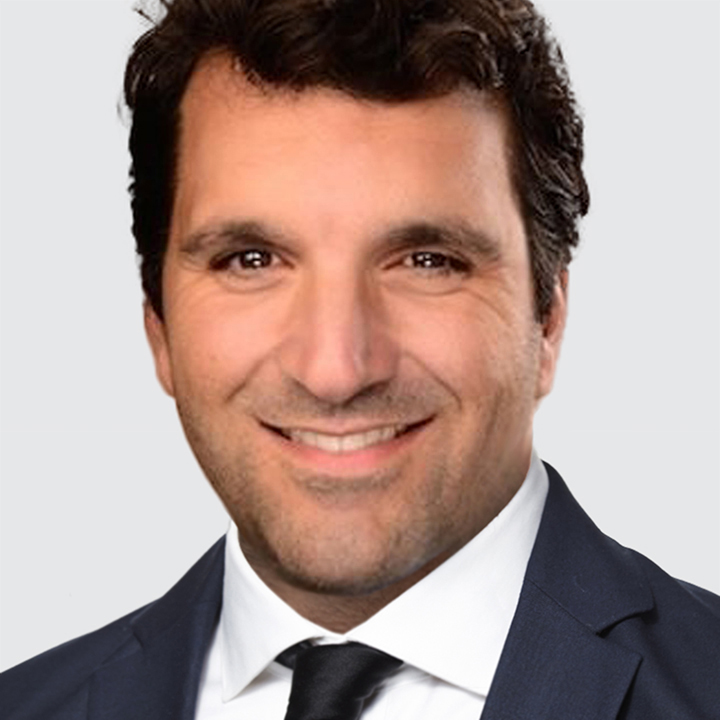Markets Riding the Tariff Storm Out
US
USD retraced some of this week’s gains. The S&P500 is on the verge of making to new all-time highs, while stocks in Asia and Europe drift higher. Peak trade policy uncertainty continues to support the rally in risk assets.
As previously flagged, the White House sent another batch of letters to 6 countries outlining the new ‘reciprocal’ tariff rates they risk from August 1: Algeria (30%, no change), Libya (30%, down from 31%), Iraq (30%, down from 39%), Brunei (25%, up from 24%), Moldova (25%, down from 31%), Philippines (20%, up from 17%).
Brazil was the hardest hit. President Donald Trump threatened to impose 50% tariffs (up from 10%) on Brazilian goods from August 1 to “to rectify the grave injustices of the current regime” and the “Witch Hunt” against former Brazilian President Jair Bolsonaro. Trump also ordered a Section 301 probe of Brazil, citing the country’s “continued attacks on the Digital Trade activities of American Companies.”
USD/BRL rallied by roughly 3% to near a one month high at 5.6052 while Brazil’s stock index plunged 1.4% as the tariffs will hurt Brazil’s economy. The US is Brazil’s second largest export destination (12% of Brazil’s total exports), with China ranking first (30% of Brazil’s total exports).
There were no new policy-relevant insights from the FOMC June 17-18 meeting minutes. At that meeting, the FOMC voted unanimously to keep the funds target rate unchanged at 4.25-4.50%.
According to the minutes, “A couple of participants noted that, if the data evolve in line with their expectations, they would be open to considering a reduction in the target range for the policy rate as soon as at the next meeting [July 29-30].” Judging from their recent comments, we suspect Christopher Waller and Michelle Bowman are the participants that would support lowering the policy rate at the July meeting.
Importantly, “some participants saw the most likely appropriate path of monetary policy as involving no reductions in the target range for the federal funds rate this year.” Indeed, while the 2025 median Fed funds rate projection still implied 50bps of easing, the distribution of dots was more cautious with a growing number of participants (7 vs. 4 in March) projecting no change in rates this year.
Overall, the resilient US economic backdrop gives the Fed time to study the effects of tariff increases on prices and growth before resuming interest-rate reductions. As of July 9, the Atlanta Fed GDPNow model estimates Q2 growth at an above trend pace of 2.6% SAAR, unchanged from July 3. Fed funds futures price-in 7% odds of a 25bps cut in July, 80% odds of a 25bps cut in September and a total of 100bps of easing over the next 12 months.
However, the Fed’s wait-and-see message is drowned out by political pressure to lower the funds rate. President Trump once again urged the Fed to lower rates yesterday, stressing “we should have the lowest interest rates.” Meanwhile, most other major central banks are nearly done easing. Bottom line: narrowing US-G6 2-year bond yield spreads can drag USD lower.
NORWAY
USD/NOK is down near the lower end of a multi-day 10.0500-10.1500 range. Norway’s June CPI print was mixed and argues for a cautious Norges Bank easing cycle. Headline inflation undershot expectations at 3.0% y/y (consensus: 3.2%, Norges Bank forecast: 3.1%) vs. 3.0% in May while underlying CPI ran hot at 3.1% y/y vs 2.8% y/y (consensus: 3.0%, Norges Bank forecast: 3.1%).
At the last June 18 meeting, the Norges Bank unexpectedly cut rates 25bps to 4.25%. The Norges Bank also flagged that “the policy rate will be reduced further in the course of 2025” as “the inflation outlook for the coming year indicates lower inflation than previously expected.” The bank’s policy rate path implies one 25bps cut to 4.00% by year-end. The swaps market is more dovish and price in nearly 50bps of easing by year-end. We see room for the swaps curve to adjust higher in favor of NOK.
JAPAN
USD/JPY eased off from this week’s high above 147.00, while JPY continues to underperform against most major currencies. 20-year JGB yields retraced some of this week’s rise despite below average bond auction demand. The 20-year bond sale's average bid-to-cover ratio was 3.15. The bid-to-cover ratio was higher than the previous three auctions (3.11 in June, 2.50 in May, 2.96 in April) but below the 12-month average of 3.29.
Bottom line: the increase in long-term JGB yields is pushing up Japan’s debt servicing costs, limiting the Bank of Japan’s tightening capacity and posing a headwind for JPY.
SOUTH KOREA
As was widely expected, Bank of Korea (BOK) left the policy rate unchanged at 2.50%. The decision was unanimous and reflected “the significant acceleration in housing prices in Seoul and its surrounding areas and household debt.”
Nevertheless, BOK signaled more rate cuts are in the pipeline noting that “the Board considers it necessary to continue its rate cut stance, given that inflation remains broadly stable and economic growth is forecast to remain low for the time being.” Governor Rhee added that four of the six members of the board were open to a cut over the next three months. The swaps market is pricing in steady rates over the next three months and a total of 25bps of easing over the next 12 months that would see the policy rate bottom near 2.25%.

